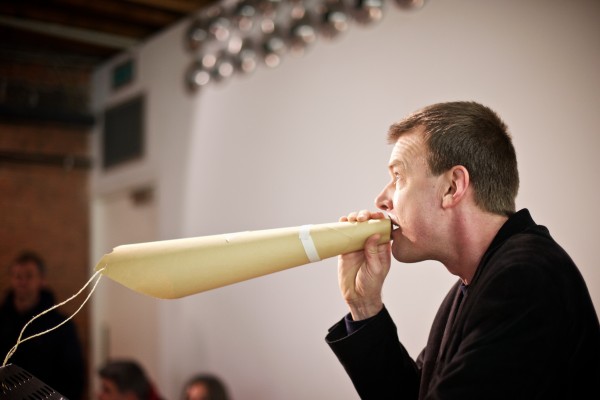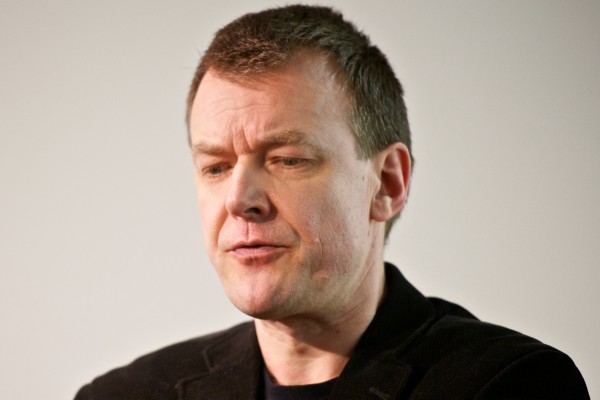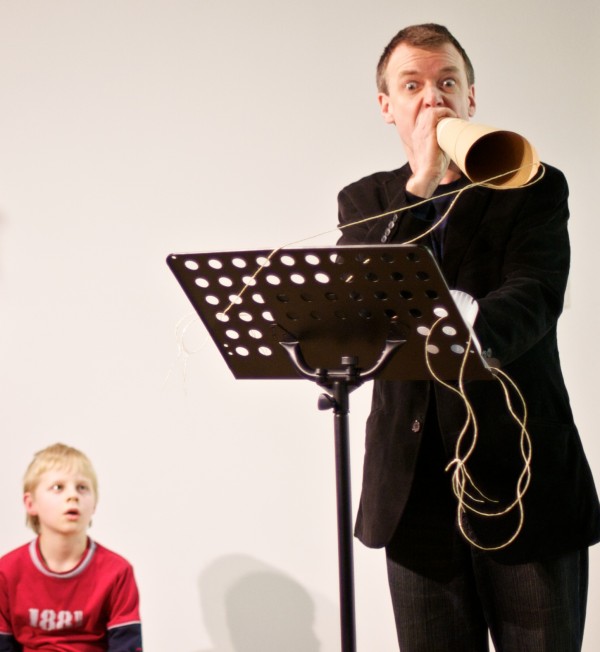Kurt Schwitters’ Sound Sonata
Dates:
6-7, 9-13 Aug
Time:
19:00
Duration:
1hr
Price:
£9 / £6
Venue:
Red Lecture Theatre
Tickets:
boxoffice@summerhall.co.uk
Further Information:
Schwitters on his Ursonata:
- The Sonata consists of four movements, of an overture and a finale. You yourself will certainly feel the rhythm, slack or strong, high or low, taut or loose. To explain in detail the variations and compositions of the themes would be tiresome in the end and detrimental to the pleasure of reading and listening, and after all I’m not a professor.”
- The fourth movement, long-running and quick, comes as a good exercise for the reader’s lungs, in particular because the endless repeats, if they are not to seem too uniform, require the voice to be seriously raised most of the time. In the finale I draw your attention to the deliberate return of the alphabet up to a. You feel it coming and expect the a impatiently. But twice over it stops painfully on the b…
- The letters applied are to be pronounced as in German. A single vowel sound is short… Letters, of course, give only a rather incomplete score of the spoken sonata. As with any printed music, many interpretations are possible. As with any other reading, correct reading requires the use of imagination.
- Listening to the sonata is better than reading it. This is why I like to perform my sonata in public.”







